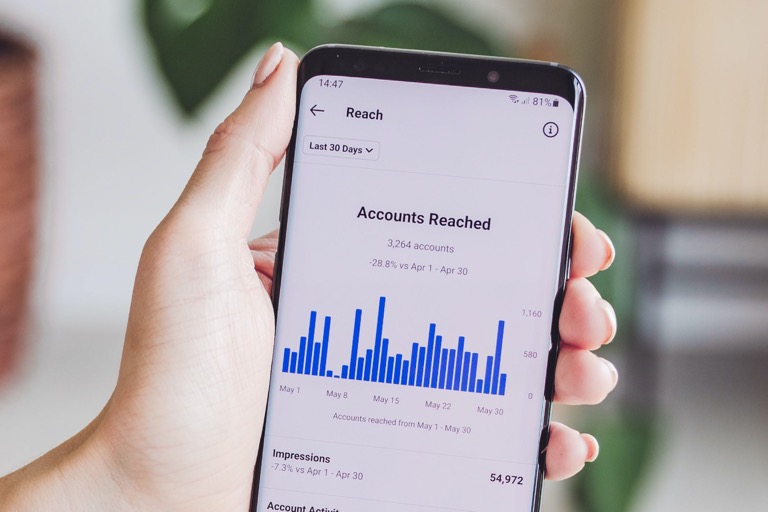
What is Organic Content?
Organic social media content is any free content shared on social media channels. This type of content is available to be seen by anyone who follows particular hashtags, follows you, or is a follower of anyone who shares your content.
Unfortunately, organic search numbers are declining due to the increase of people and brands competing for attention on social media.
Types of Organic Social Media Content:
- Posts
- Videos
- Stories
Different Types of Paid Content
Paid social media refers to advertising across various social media platforms. These platforms include:
- YouTube
- TikTok
- Snapchat
Examples of Great Organic Content
Many believe that posting frequently and consistently is the key to having a solid presence on social media, yet this is not always the case. Organic content has the purpose of establishing a brand’s personality and voice. Because of this, certain types of posts will perform better than others.
Organic Content Examples:
- Testimonials/Reviews
- Meet the team posts
- Actual examples of how a product is used
- Relatable information
- How-to-Guides
Due to the decline in organic reach, implementing a social media strategy that includes paid ads makes a significant difference.
Benefits of Paid Content:
- Increasing brand awareness
- Promoting new products or events
- Attracting new followers
- Driving sales
A Balanced Content Strategy Makes a Difference
Organic and paid content should be created to achieve different goals.
- Organic Content
- Serves the purpose of encouraging followers to engage with content
- Establishes and grows a brand’s voice with existing customers
- Paid Content
- Designed with a specific purpose and goal in mind
- Created to reach a brand’s ideal audience